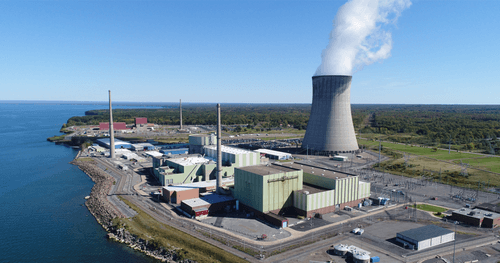Transition Industries LLC announced that it has signed a multi-year agreement with the Ahome Municipality’s Drinking Water and Sewage Board (JAPAMA) to use municipal wastewater for all water resource needs for its Pacifico Mexinol project, a 6,145 MT per day methanol production facility near Topolobampo, Sinaloa, Mexico.
When it initiates operations, Pacifico Mexinol, is expected to be the largest single ultra-low carbon methanol facility in the world – producing approximately 300,000 MT of green methanol from captured carbon and green hydrogen, and 1.8 million MT of blue methanol annually from natural gas with carbon capture, according to a news release. Furthermore, the water solution is expected to be the world’s largest application of industrial water reuse from municipal effluent.
Pacifico Mexinol’s purpose-driven water strategy, designed in partnership with JAPAMA, will allow the facility to completely avoid impacting the Bay of Ohuira. Instead of using seawater and other natural sources of water – which could compete with local agriculture, industrial, commercial and/or residential freshwater needs – Mexinol’s water solution uses municipal wastewater which will be treated and recycled back to the municipal wastewater facility. This closed loop water system will also prevent more than 12 million tons per annum of wastewater being disposed of into the Bay of Ohuira.
Pacifico Mexinol will pay JAPAMA a tariff per cubic meter of wastewater as determined by state law, thus enabling JAPAMA to commercialize its wastewater and strengthen its financial position. The agreement also includes upgrades and improvements to JAPAMA’s water treatment facility.
Rommel Gallo, the CEO of Transition Industries, commented: “We are pleased to have developed a sustainable water solution in partnership with JAPAMA that is not only a model for how to address climate change head-on but also shows how industry and government can work together for sustainable solutions, benefiting both the community and business.”
Transition Industries’ mission is to actively participate in the transition to a low-carbon world by leveraging technology and innovation to produce methanol safely and efficiently while minimizing any negative environmental and social impacts.
“Years of community and municipal engagement has led to the development of a set of purpose-driven design solutions, like our wastewater strategy, aligned with our core values. We will not impact the Bay; our facility is Net Zero to avoid pollution; we use clean and renewable energy; and we promote economic development aligned with the interests of communities,” says Tom Roche, Head of ESG for Transition Industries.
Pacifico Mexinol is expected to reach FID in 2024 and commercial operations in late-2027 to early-2028. The project will generate a significant number of local jobs during construction and operations.







